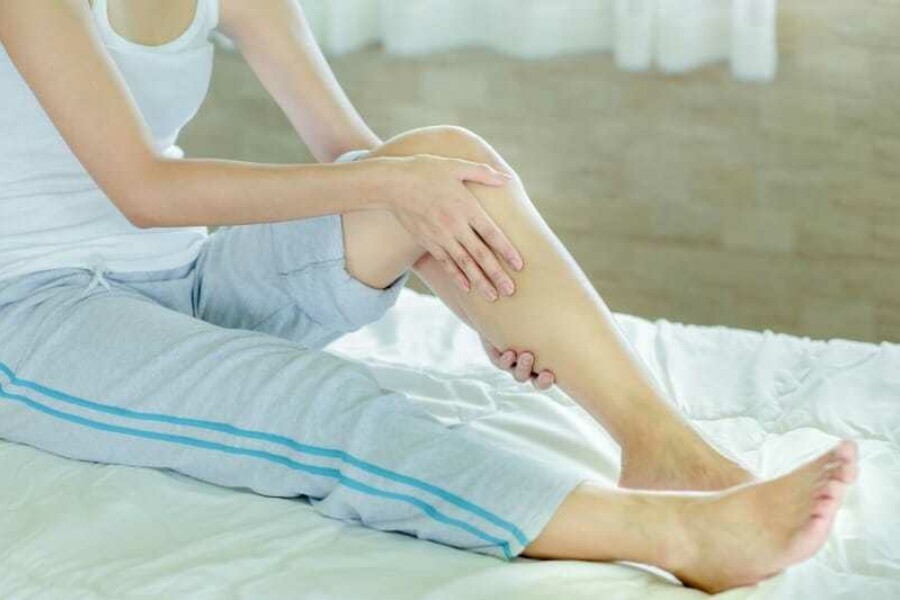Believe It or Not, Young Adults Can Also Get Varicose Veins

Did you know that even millennials are at risk for developing varicose veins? Luckily, young people with varicose veins have plenty of treatment options.
Varicose veins are commonly associated with older women, but few know that you can develop them as early as your 20s or 30s. The good news is there are several easy and inexpensive treatment options.
What Are Varicose Veins?
Varicose veins occur when the valves inside the veins stop working properly. Normally, veins are responsible for pumping blood from the extremities back toward the heart. To do this, they use a series of one-way valves that only allow blood to flow in one direction. This prevents blood from pooling in the legs or other parts of the body.
If the valves aren’t functioning properly, the veins have a tougher time pumping blood up to the heart. After a while, pooling blood will cause the vessels to expand, which causes the unsightly, twisted appearance associated with varicose veins.
Common Risk Factors
One of the most common causes of varicose veins in young adults is pregnancy. The hormonal changes that come along with carrying a child, especially increases in estrogen levels, can cause vein walls to loosen and stretch. This makes it impossible for the valve to reach all the way across the diameter of the vein — which means it can’t effectively prevent backflow of blood. Varicose veins from pregnancy can develop in the legs or in the groin, causing what’s known as pelvic congestion syndrome.
Standing or sitting for several hours at a time can also contribute to the development of varicose veins in young people. In order to get blood back up to the heart, veins rely on the pressure provided by muscle contractions in the calves and quadriceps. However, during these sedentary hours, the muscles aren’t contracting as much and the veins aren’t getting the assistance they need. In addition, standing up all day causes blood to sit in vertical columns in the legs, putting downward pressure on the valves. The combination of inactivity and long periods of standing upright can cause the valves to fail, ultimately resulting in varicose veins.
Your risk of developing varicose veins is multiplied if you have a family history of the condition. Some people are just naturally more prone to varicose veins than others, so if your mother or grandmother (or father or brother) suffers from the condition, some extra caution is warranted.
Effective Treatment Options
Years ago, varicose veins were a condition that patients could either choose to suffer through or try to address with invasive, expensive procedures like vein stripping. Thankfully, those days are gone.
Today, there are many quick and effective options for treatment, including endovenous laser therapy, sclerotherapy and ambulatory phlebectomy. These procedures are often no more invasive or time-consuming than going to the dentist, and patients usually go home after an hour or two.
There are many benefits of acting quickly to treat your varicose veins, as opposed to waiting until the the condition worsens. Studies show that early intervention for venous disease not only relieves the symptoms of varicose veins, but also helps heal serious conditions like leg ulcers.
No matter how old you are, varicose veins are a pain. Fortunately, your vein specialist can tell you more about which treatment is right for you. Schedule a consultation with the Center for Vein Restoration to discover your options today.